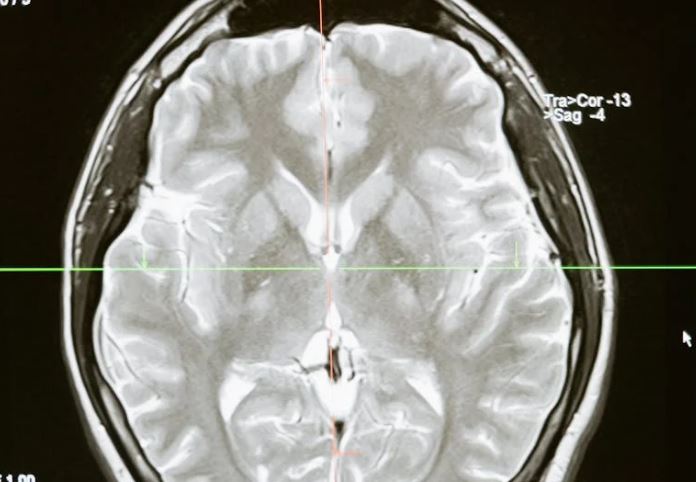Groundbreaking Brain-Mapping Device Poised to Revolutionize Neurosurgery Safety
In a significant breakthrough for the field of neurosurgery, researchers have developed a cutting-edge brain-mapping device that promises to enhance patient safety during complex procedures involving the brain. This innovative technology, a flexible film embedded with tiny sensors, has the potential to provide surgeons with unprecedented real-time insights into brain activity, minimizing the risk of inadvertent damage to critical regions.
Mapping Brain Function with Precision
Traditional brain mapping techniques, while valuable, often lack the granular detail and real-time feedback necessary for intricate neurosurgical interventions. The new device, however, overcomes these limitations by offering a high-resolution map of brain function during surgery itself.
“This remarkable technology allows us to visualize the brain’s functional areas with remarkable precision,” explained Dr. Emily Mugler, a leading neurosurgeon involved in the device’s development. “By pinpointing regions responsible for speech, movement, and other vital functions, we can navigate the surgical field with greater confidence and safety.”
Minimizing Risks and Improving Outcomes
For patients undergoing surgery for conditions like brain tumors or severe epilepsy, the potential benefits of this brain-mapping device are profound. By providing surgeons with a detailed roadmap of the brain’s functional landscape, the risk of inadvertent damage to critical areas is significantly reduced, potentially minimizing post-operative deficits and improving overall outcomes.
“This technology has the power to transform the way we approach neurosurgery,” remarked Dr. Mugler. “By enhancing our ability to preserve vital brain functions, we can offer our patients a higher level of care and a better quality of life after surgery.”
Collaborative Effort and Future Implications
The development of this groundbreaking device is the result of a collaborative effort involving researchers, engineers, and clinicians from various institutions. As the technology continues to evolve and undergo further testing, its potential applications extend beyond neurosurgery, with implications for advancing our understanding of brain function and the treatment of neurological disorders.
While the road ahead may present challenges, the introduction of this brain-mapping device represents a significant stride towards safer and more precise neurosurgical interventions, offering hope to patients and their families

